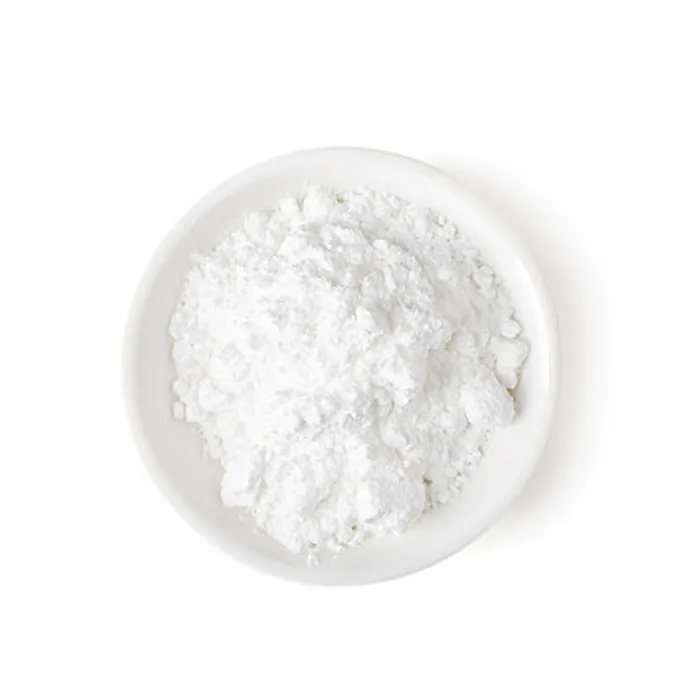The Role of Chemical Purification in Water Treatment
Water is essential for life, and ensuring its purity is a fundamental aspect of public health. One of the most effective methods for purifying water involves the use of chemicals that target impurities and pathogens. While various substances can be used for this purpose, one chemical stands out due to its effectiveness and versatility chlorine. This article explores the role of chlorine in water purification and its impact on water quality and public health.
Chlorine has been utilized as a disinfectant since the early 20th century. Its introduction into water treatment revolutionized the way municipalities approached public health, drastically reducing the incidence of waterborne diseases such as cholera, typhoid fever, and dysentery. The chemical's strong oxidative properties allow it to kill bacteria, viruses, and other pathogens that may be present in water, making it a reliable choice for treatment facilities.
When chlorine is added to water, it undergoes a chemical reaction to form hypochlorous acid (HOCl) and hypochlorite ions (OCl⁻). These compounds are highly effective at penetrating microbial cell walls, leading to the destruction of harmful microorganisms. The effectiveness of chlorine depends on several factors, including concentration, contact time, and water temperature. Ideally, water should remain in contact with chlorine long enough to ensure that any pathogens present are effectively neutralized.
Chlorine’s ability to form residual compounds in treated water is another significant advantage. This residual chlorine continues to protect against contamination that may occur after initial treatment, ensuring that the water remains safe until it reaches consumers. The presence of residual chlorine can also serve as an indicator of water safety, as its levels can indicate whether the water has been adequately treated and is protected from recontamination during storage and transport.
a chemical used for purification of water

Despite its benefits, the use of chlorine in water treatment is not without limitations and concerns. One of the most notable issues is the formation of disinfection byproducts (DBPs). When chlorine reacts with naturally occurring organic matter in water, it can produce DBPs such as trihalomethanes (THMs) and haloacetic acids (HAAs). Some of these compounds have been linked to adverse health effects, including cancer, which has led regulatory agencies to set maximum allowable limits for their concentrations in drinking water.
To address the concerns associated with chlorine, many treatment facilities have adopted a multi-barrier approach to water purification. This strategy involves using a combination of methods to improve water quality and reduce the reliance on any single chemical. For instance, pre-treatment steps such as sedimentation, filtration, and the use of activated carbon can help remove organic materials before chlorination, thereby minimizing the formation of harmful DBPs.
Another emerging trend in water purification is the use of alternative disinfectants. For example, ozone and ultraviolet (UV) light have gained popularity due to their effectiveness in inactivating a wide range of pathogens without producing harmful byproducts. Ozone, in particular, is a powerful oxidizing agent that can remove contaminants more effectively than chlorine. However, it requires careful handling and generates a need for subsequent treatment methods to maintain a residual effect, as opposed to chlorine.
While chlorine remains the most commonly used chemical for water purification globally, ongoing research is critical to optimizing its use and enhancing water quality. Improvements in water treatment technologies, along with a more comprehensive understanding of water chemistry, can help mitigate the risks associated with chlorine use while maintaining its benefits.
In conclusion, chlorine has played an essential role in public health by providing a reliable means of purifying drinking water. Despite challenges such as the production of disinfection byproducts, its effectiveness at eliminating pathogens has made it a cornerstone of water treatment processes worldwide. As we continue to innovate in the field of water purification, the focus will remain on improving safety and efficacy, ensuring that all communities have access to clean, safe drinking water. This balance between utilizing effective chemistries like chlorine and exploring alternative methods is essential to safeguarding public health in the years to come.

